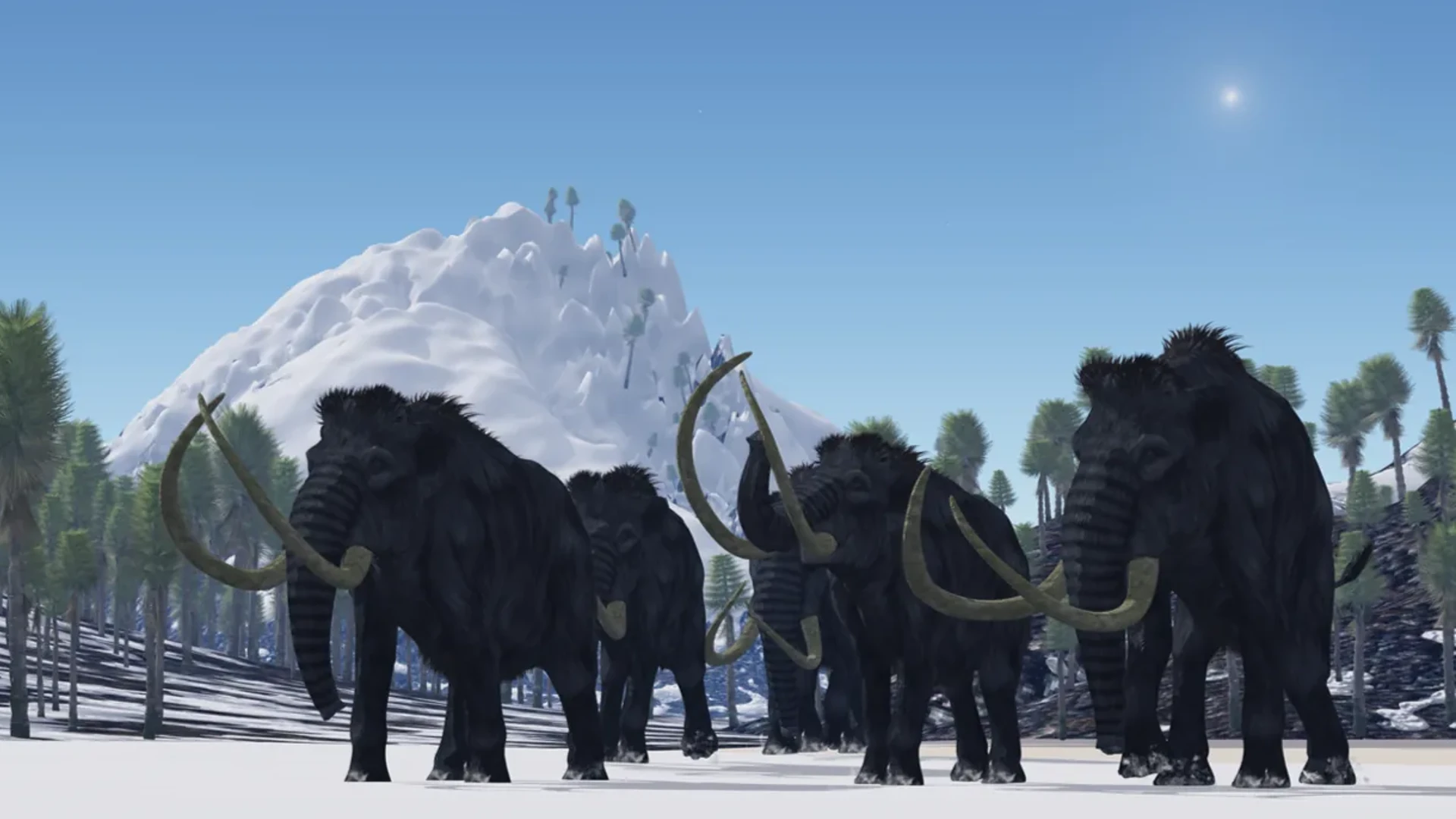Woolly mammoths were one of the largest species of land mammals to ever exist on planet Earth and were an integral part of early humans’ diet and lifestyle. Humans hunted these giant beasts for their thick hides and bones, as well as for their meat.
Researchers have discovered harpoons and musical instruments made from mammoth tusks and prehistoric cave paintings depicting the giant mammals over tens of thousands of years ago.
Scientists are of the opinion that woolly mammoths vanished from the face of the Earth around 4000 years ago, and humans were responsible for their extinction.
However, new research from the University of Cambridge topples the current assumption on its head. In a paper published in the journal Nature, researchers say climate change drove the Woolly Mammoth into extinction, not prehistoric humans.
During the last decade, scientists examined environmental DNA corresponding to periods when the species disappeared. We collected and sequenced DNA from soil samples from various locations in the Arctic where mammoth remains have been found.
Climate changes caused icebergs to melt, resulting in a loss of vegetation. Giant mammals failed to survive without enough vegetation to eat.
In a statement, Yucheng Wang, lead author of the publication and a zoologist at the University of Cambridge said, “We have shown that climate change, specifically precipitation, directly drives changes in vegetation.”
As temperatures changed, the mammoth habitations became wet, which led to trees and wetlands replacing the grassland vegetation the animals typically ate, according to the researchers. Also, the changes occurred quite rapidly, leaving the species incapable of adapting to their new environments and surviving.
